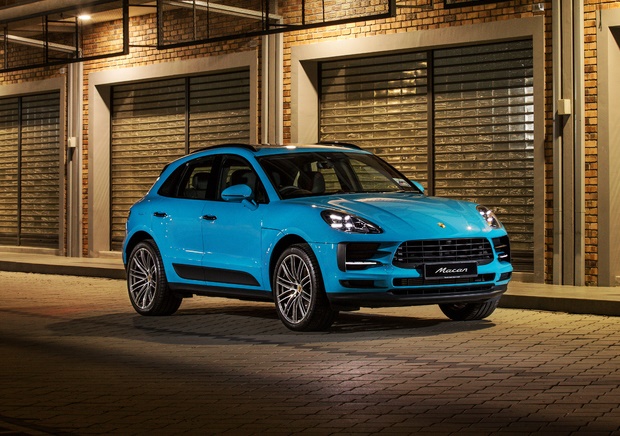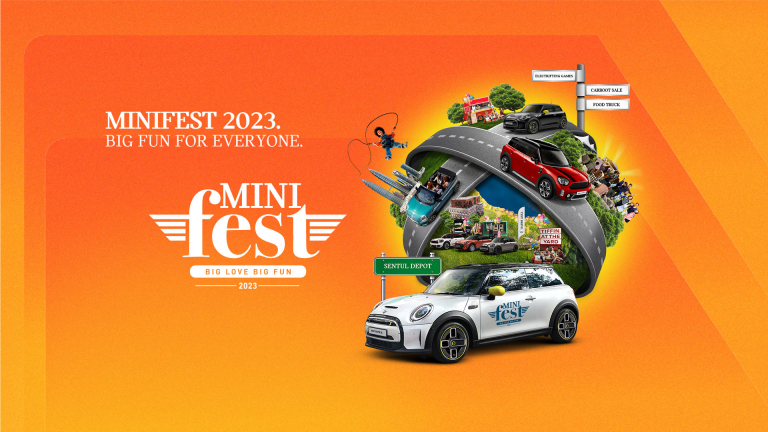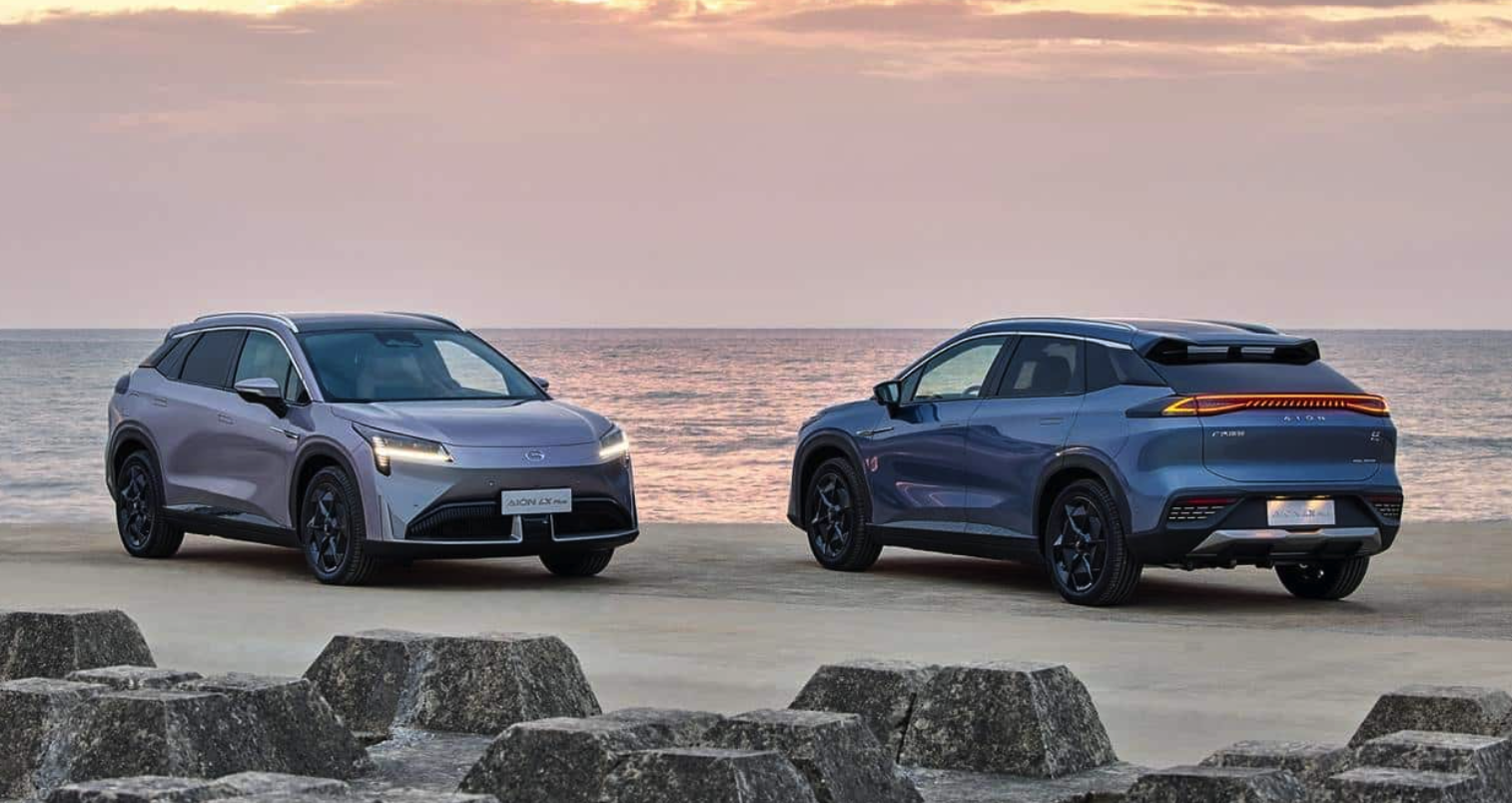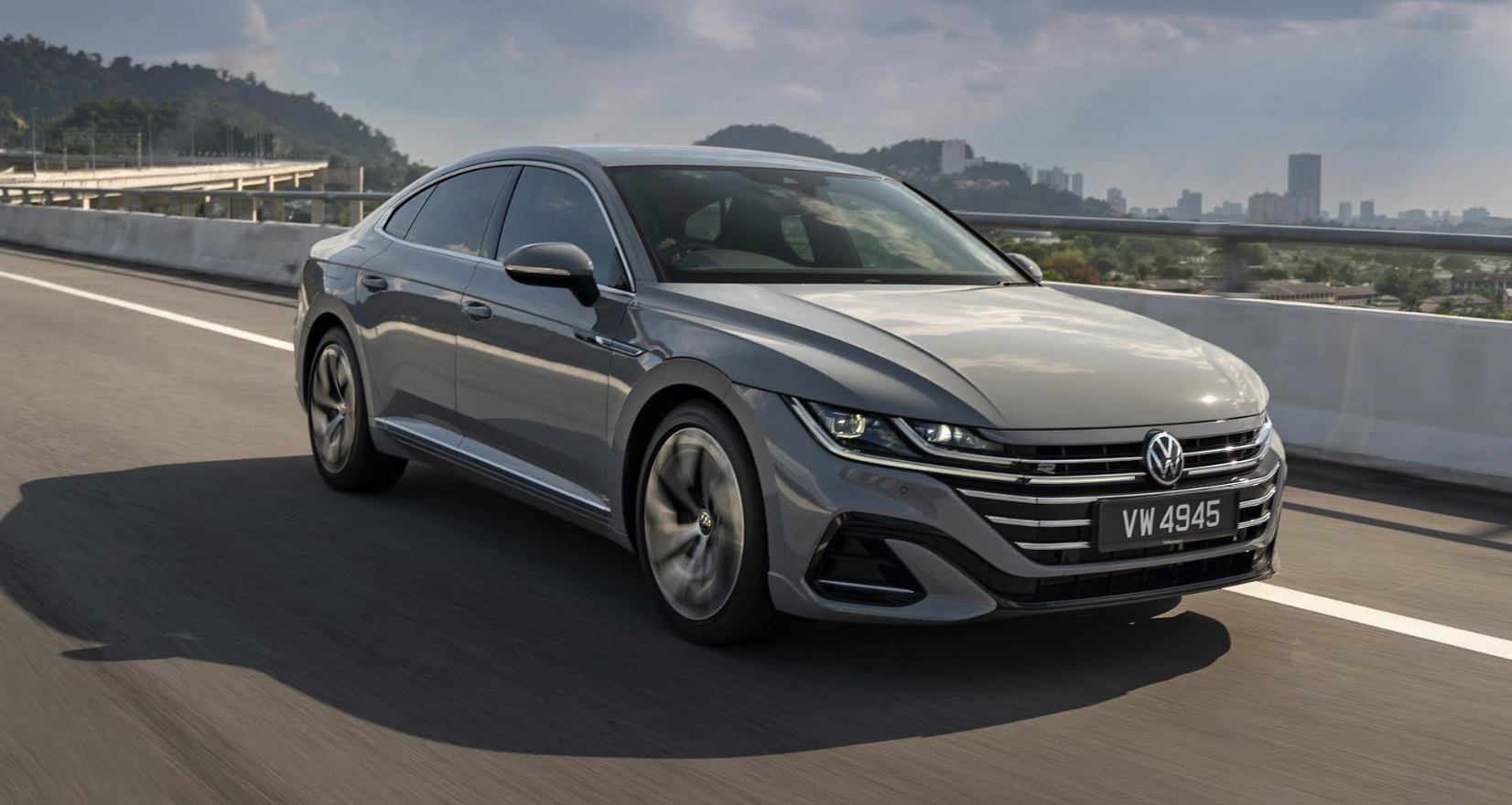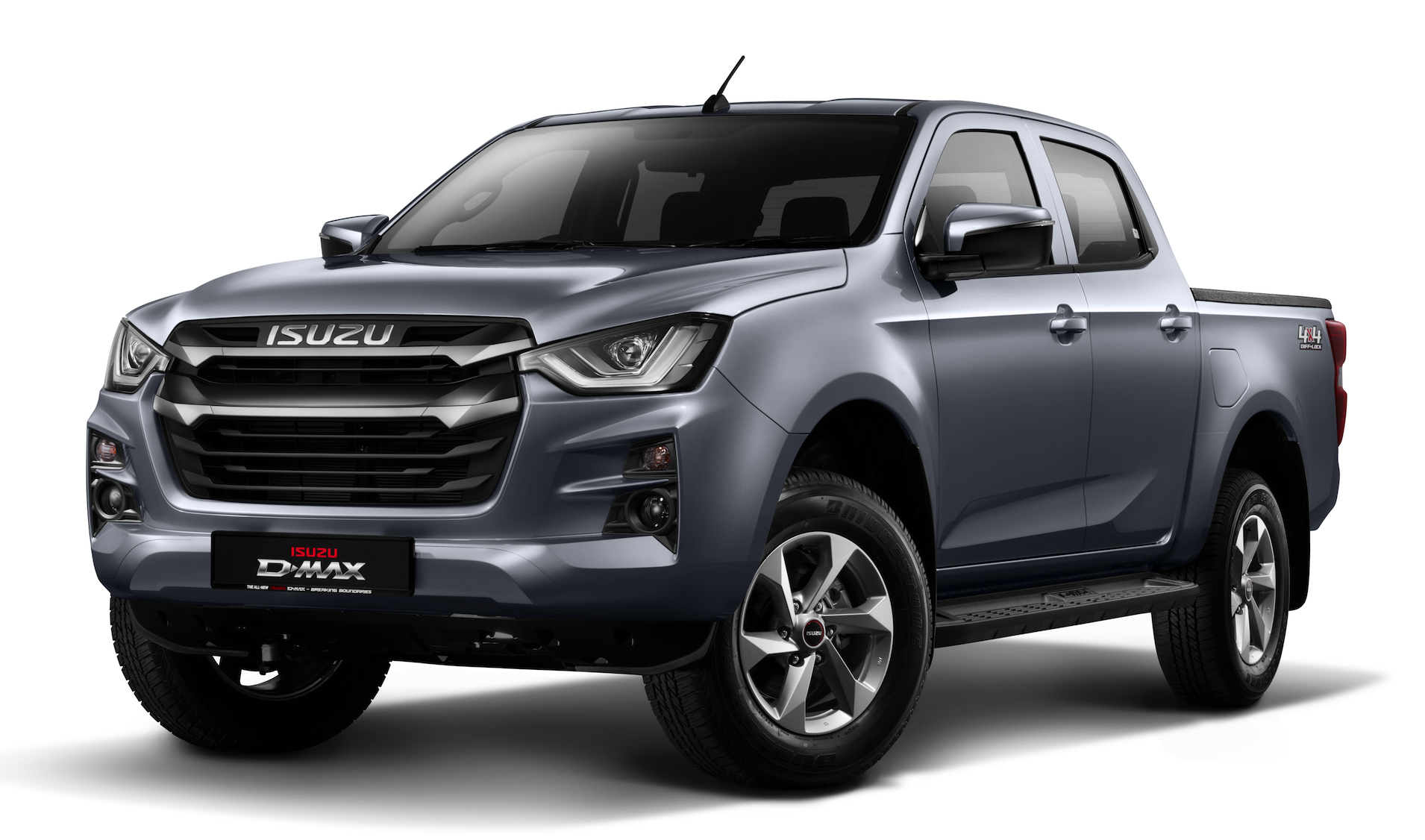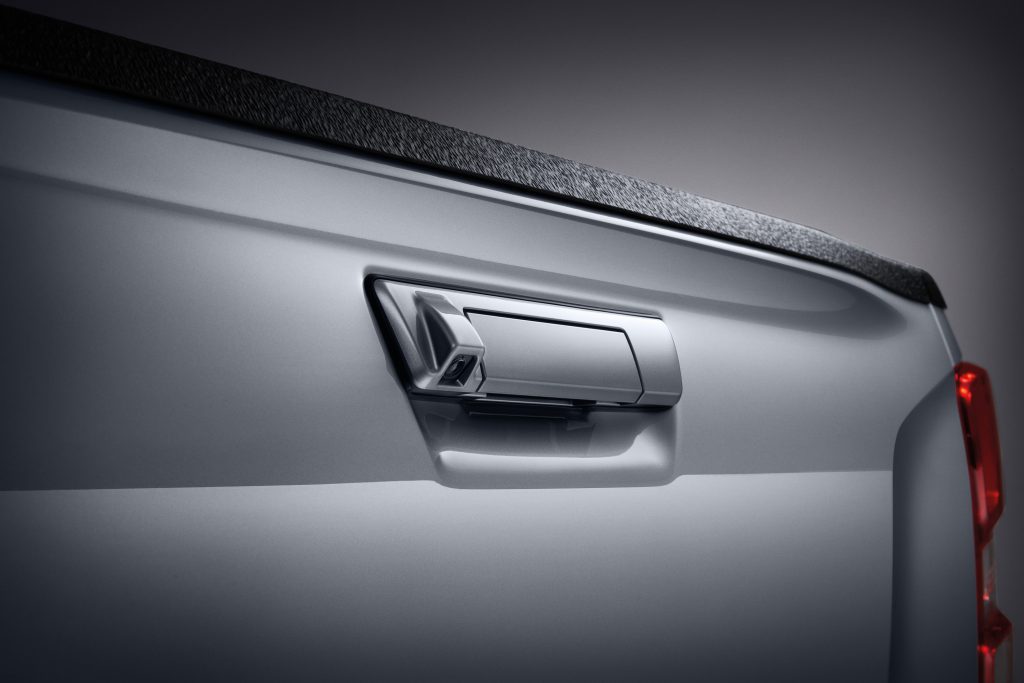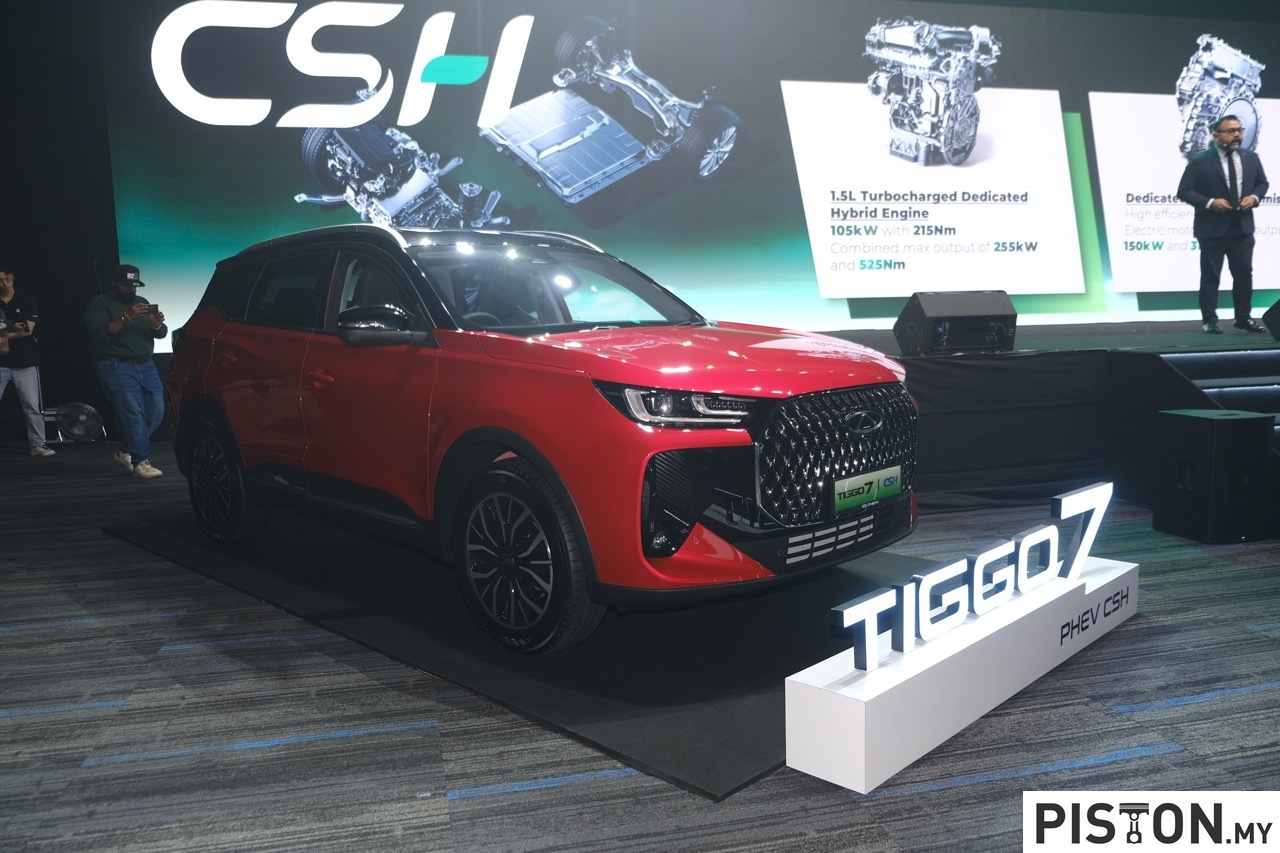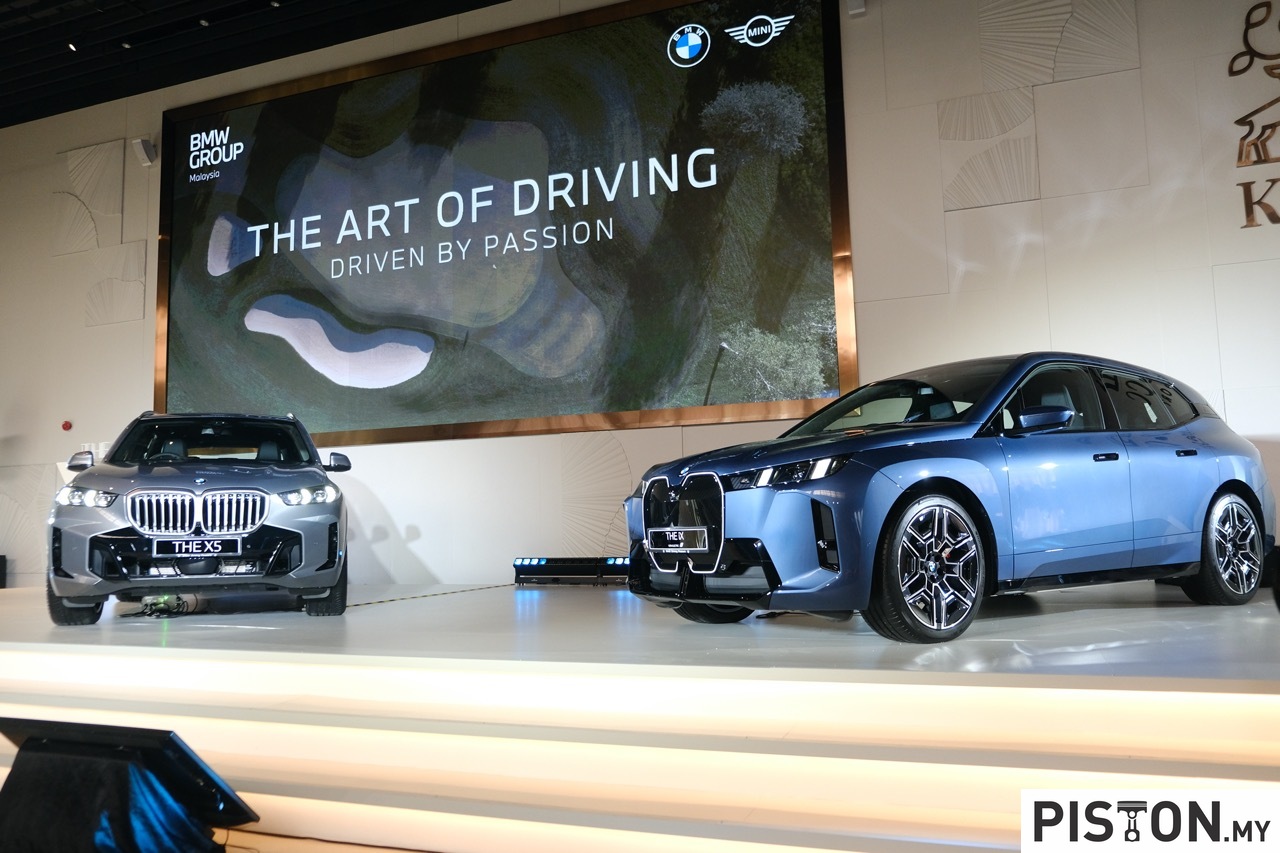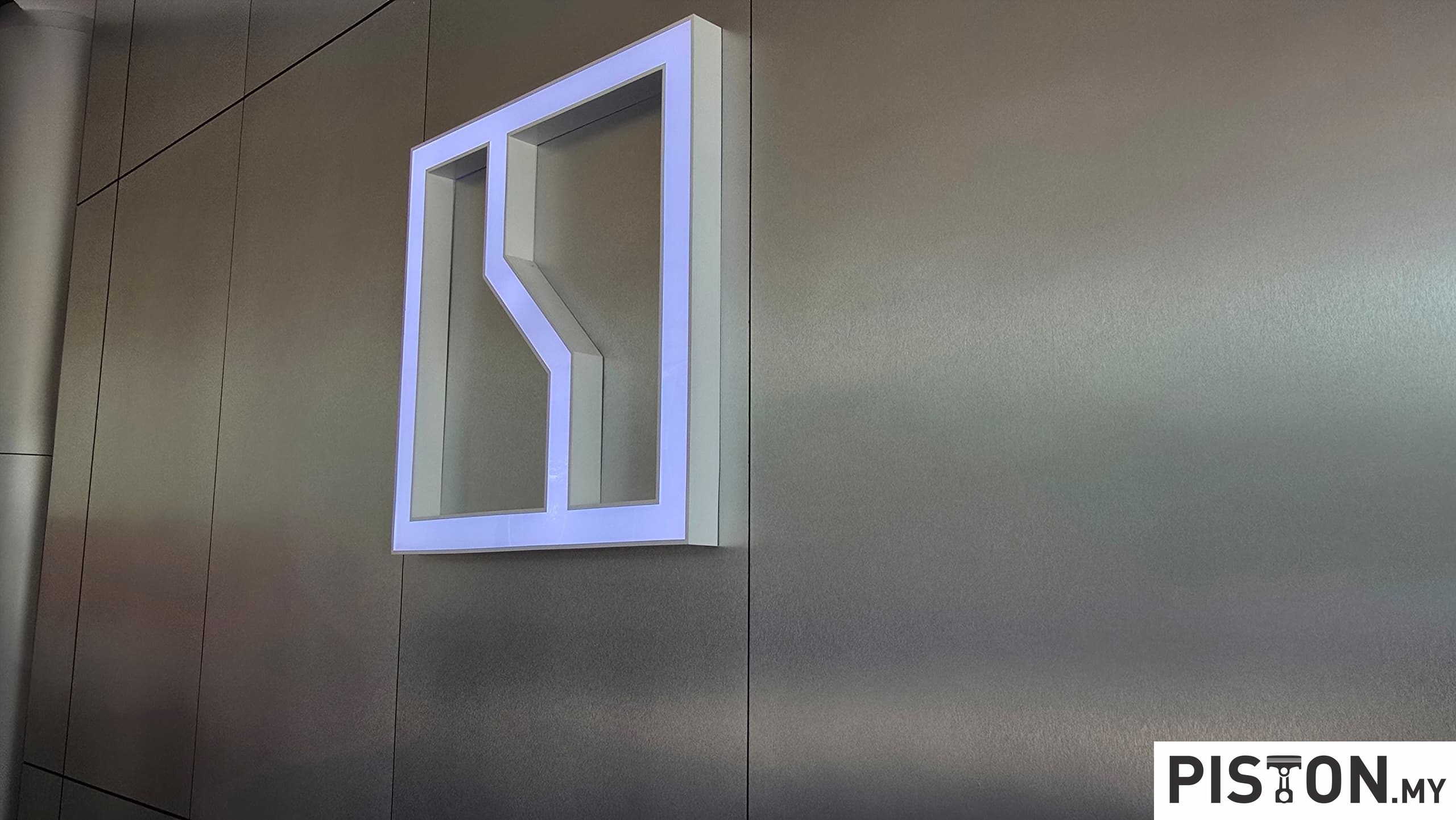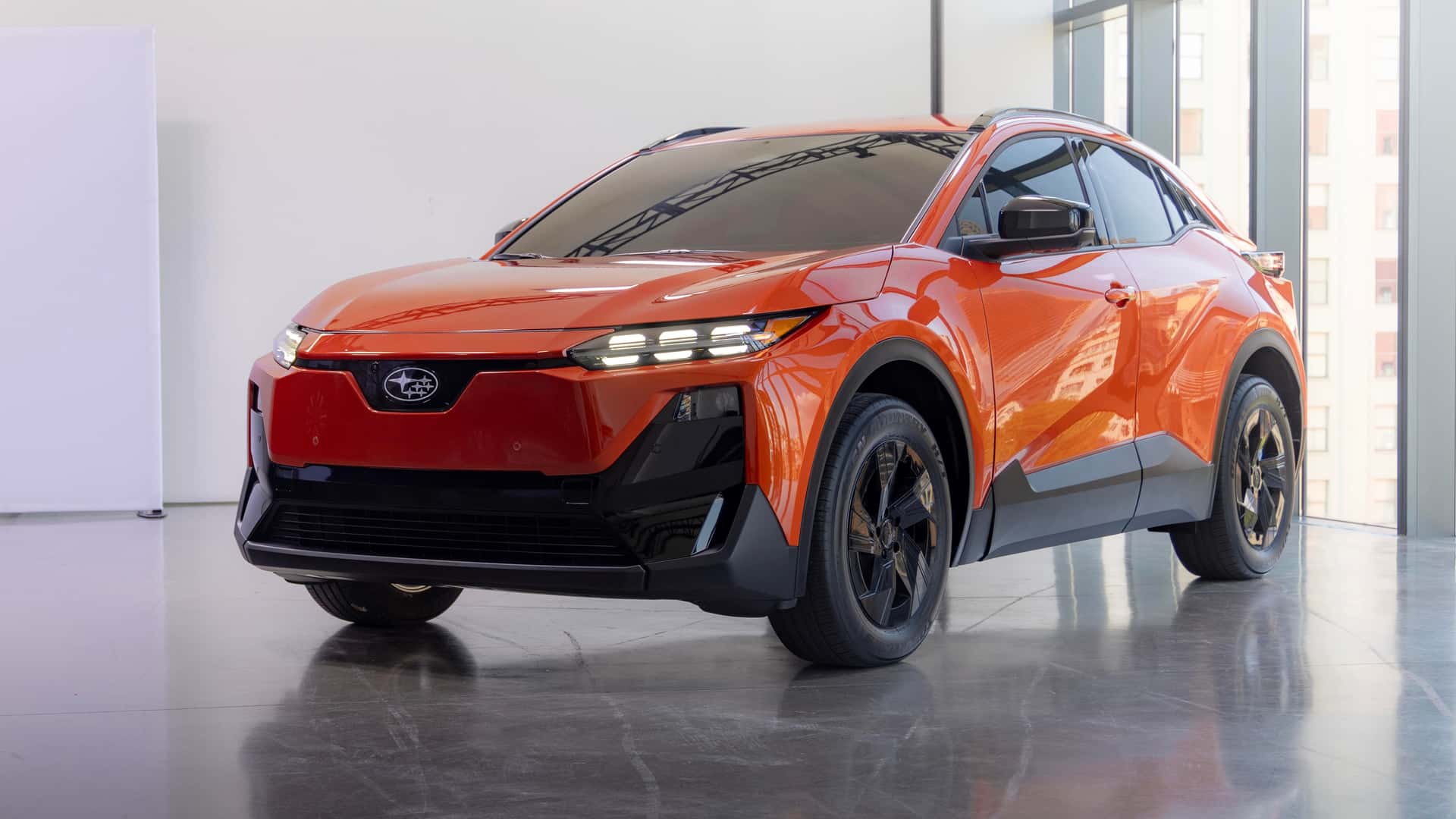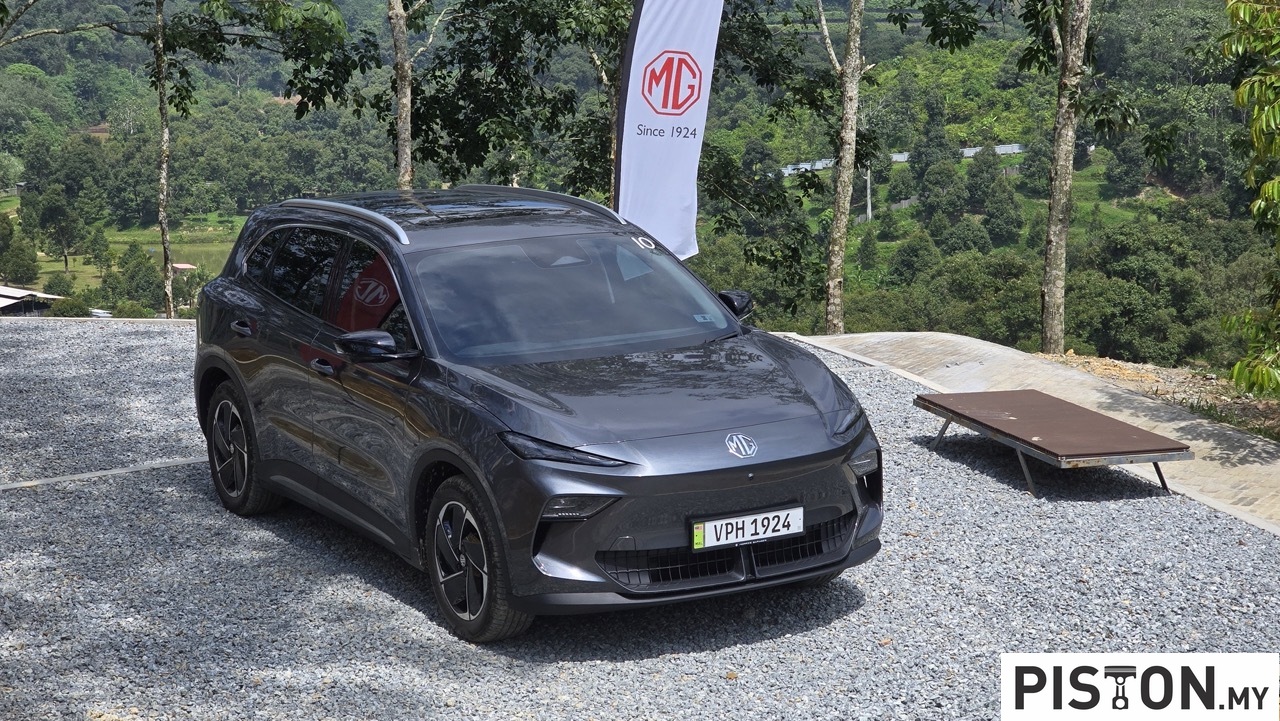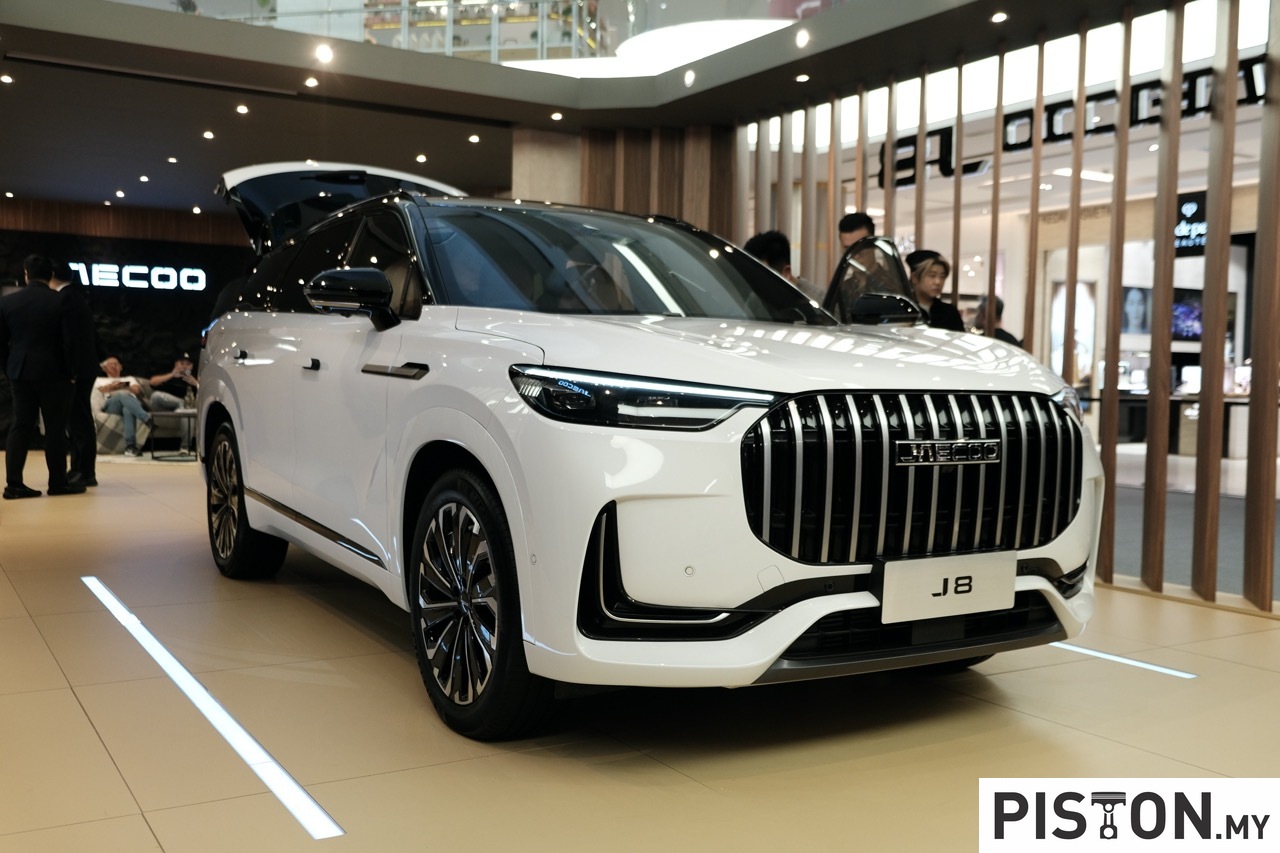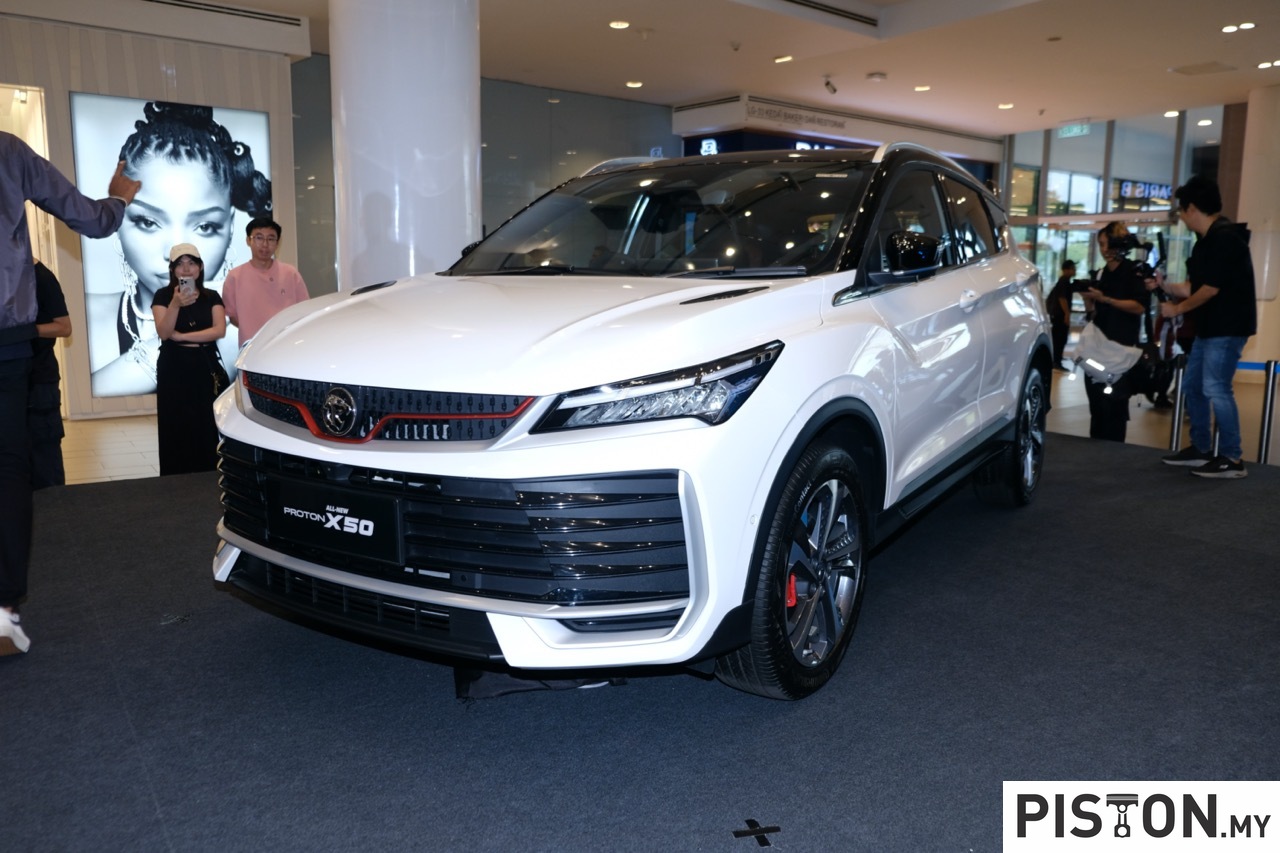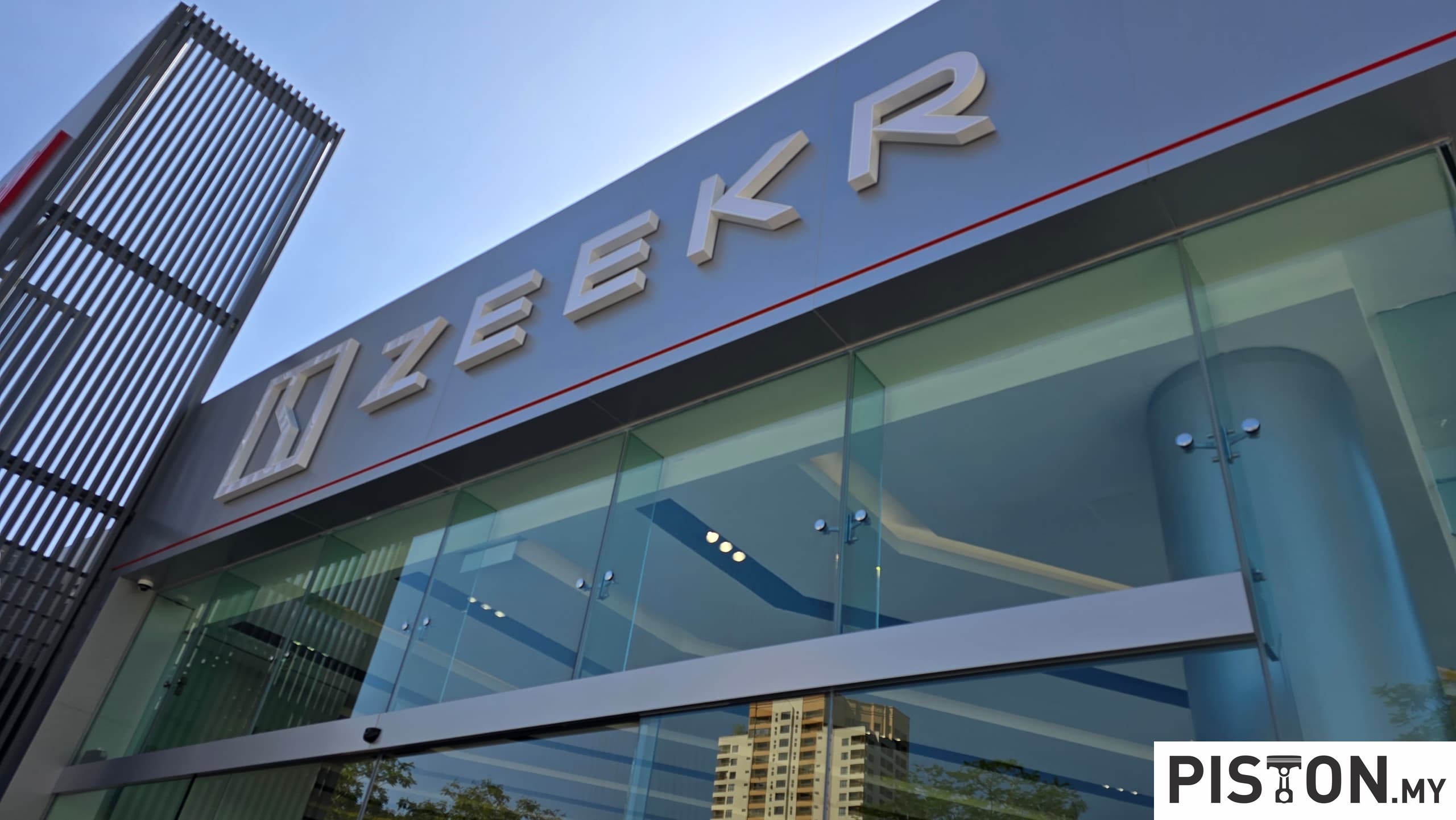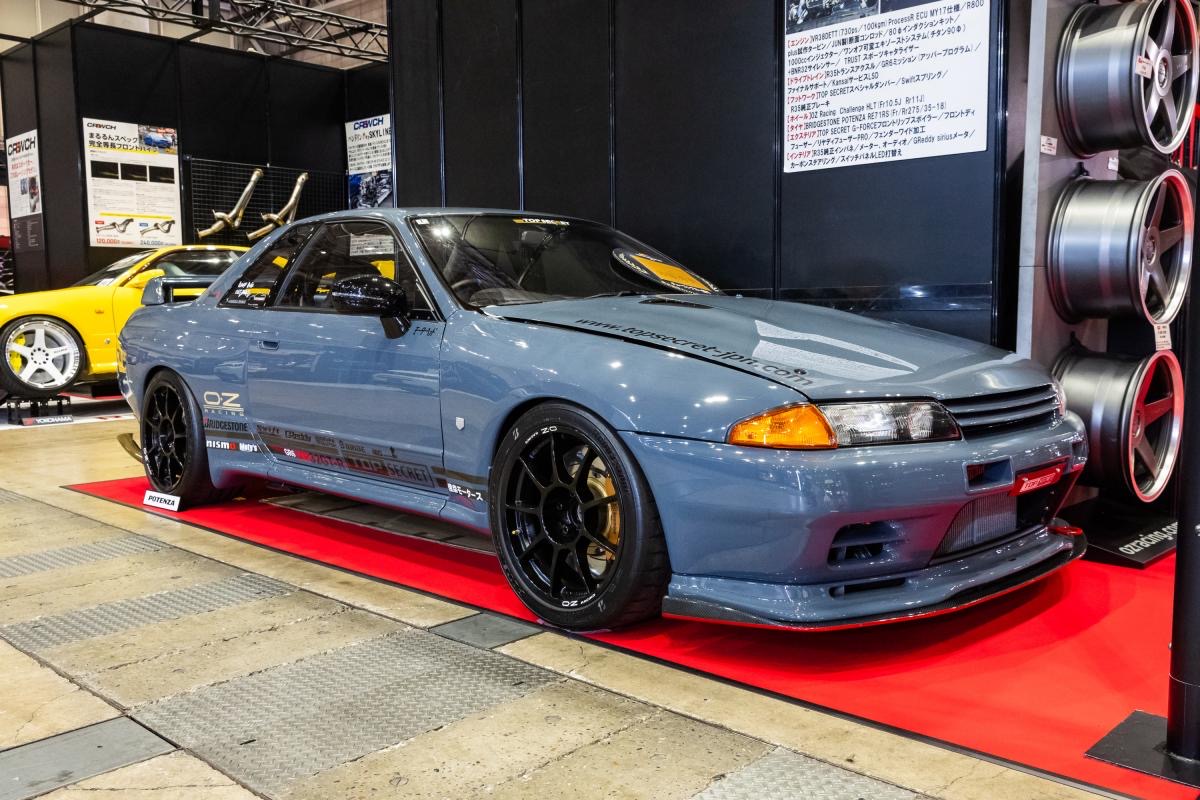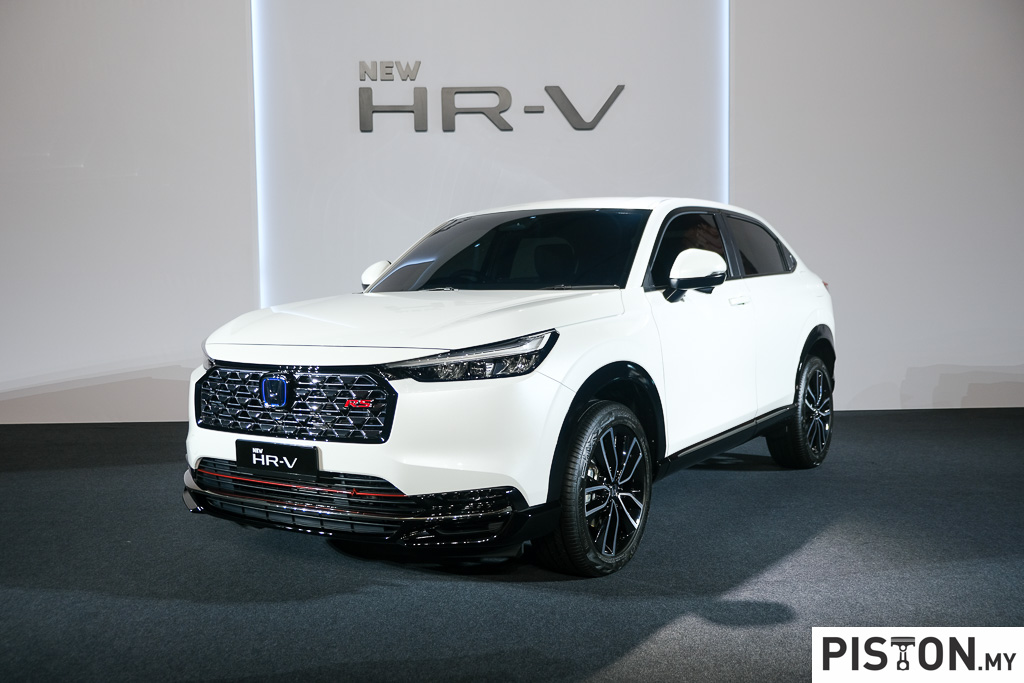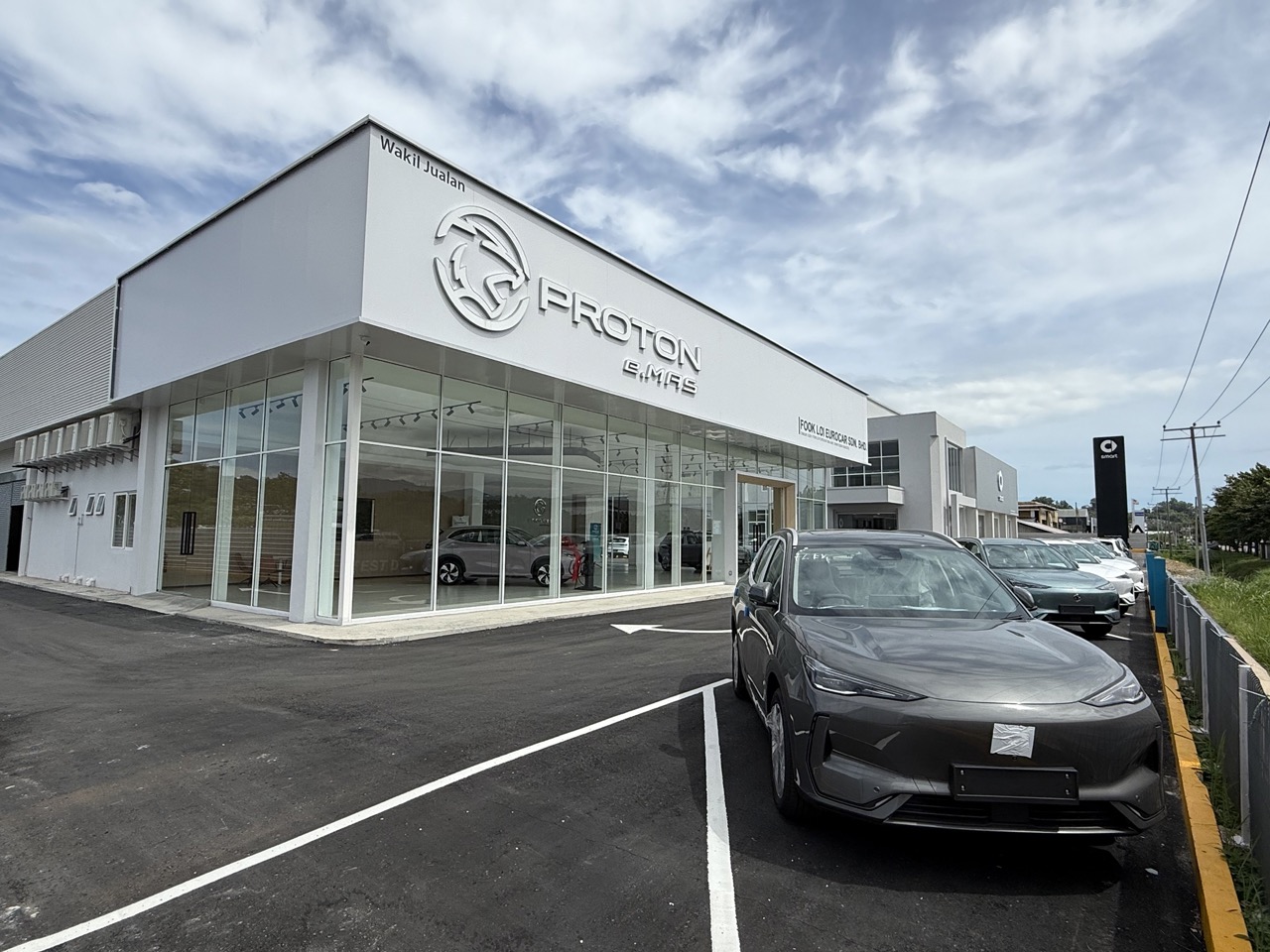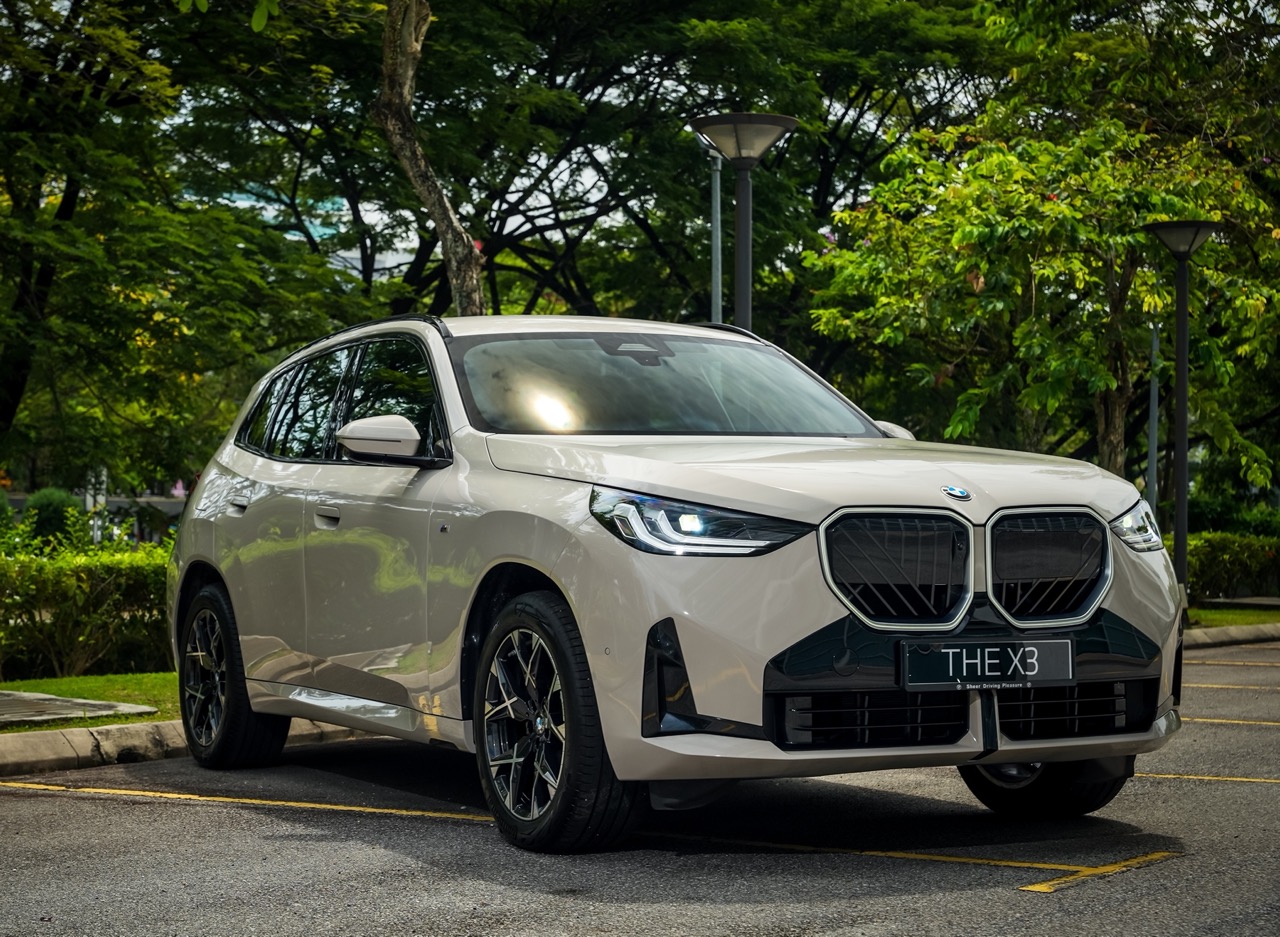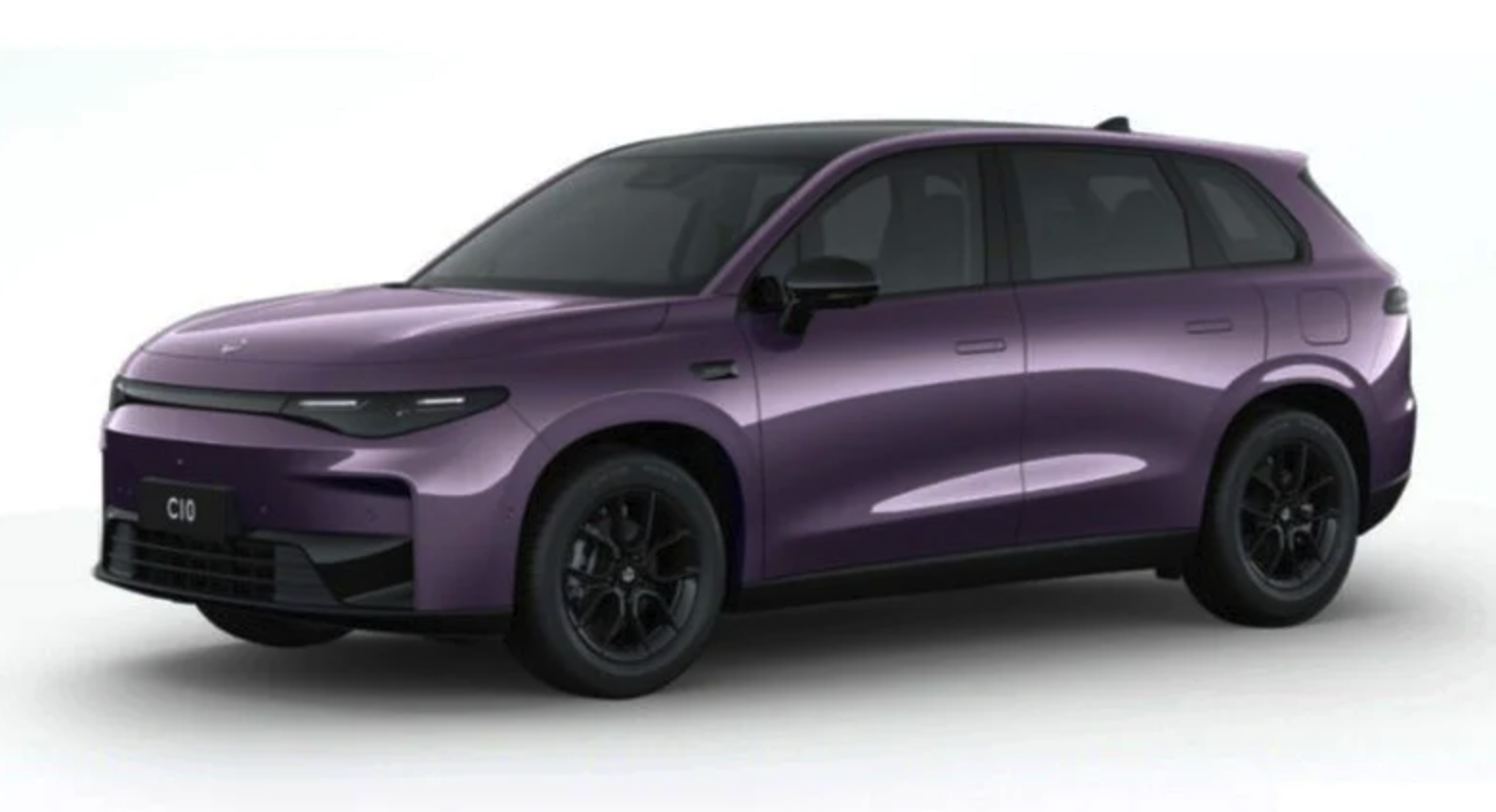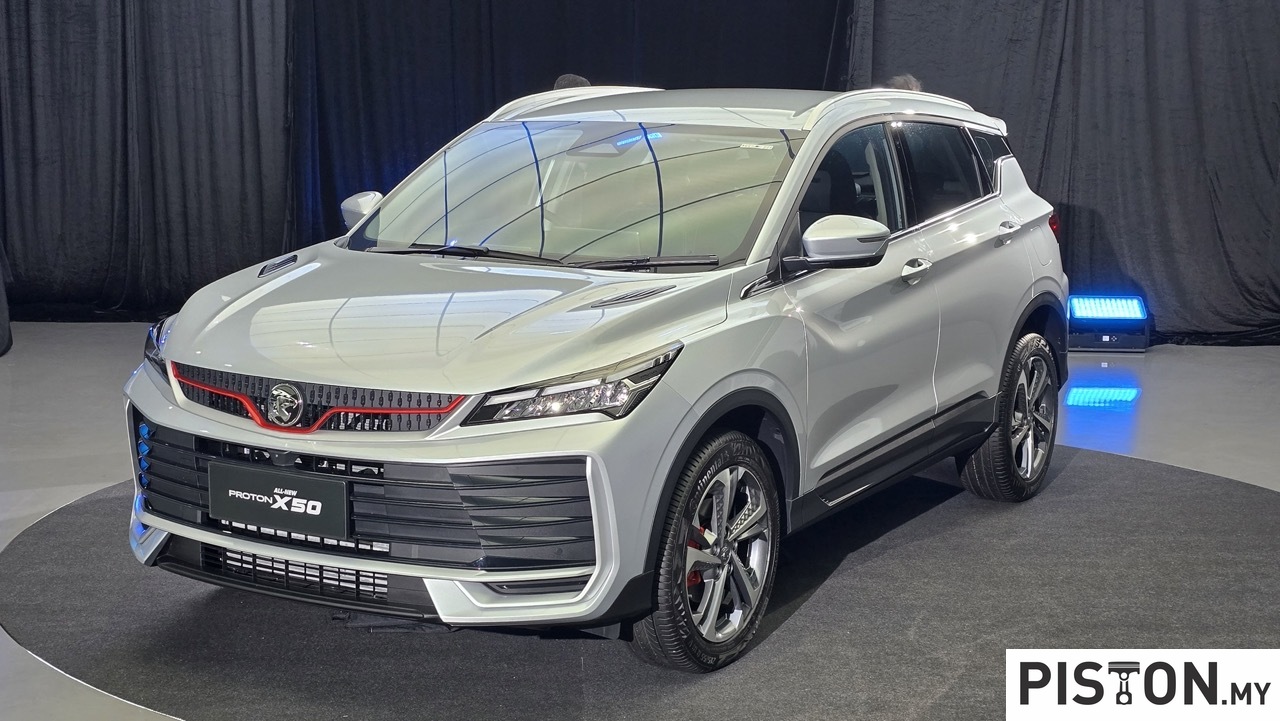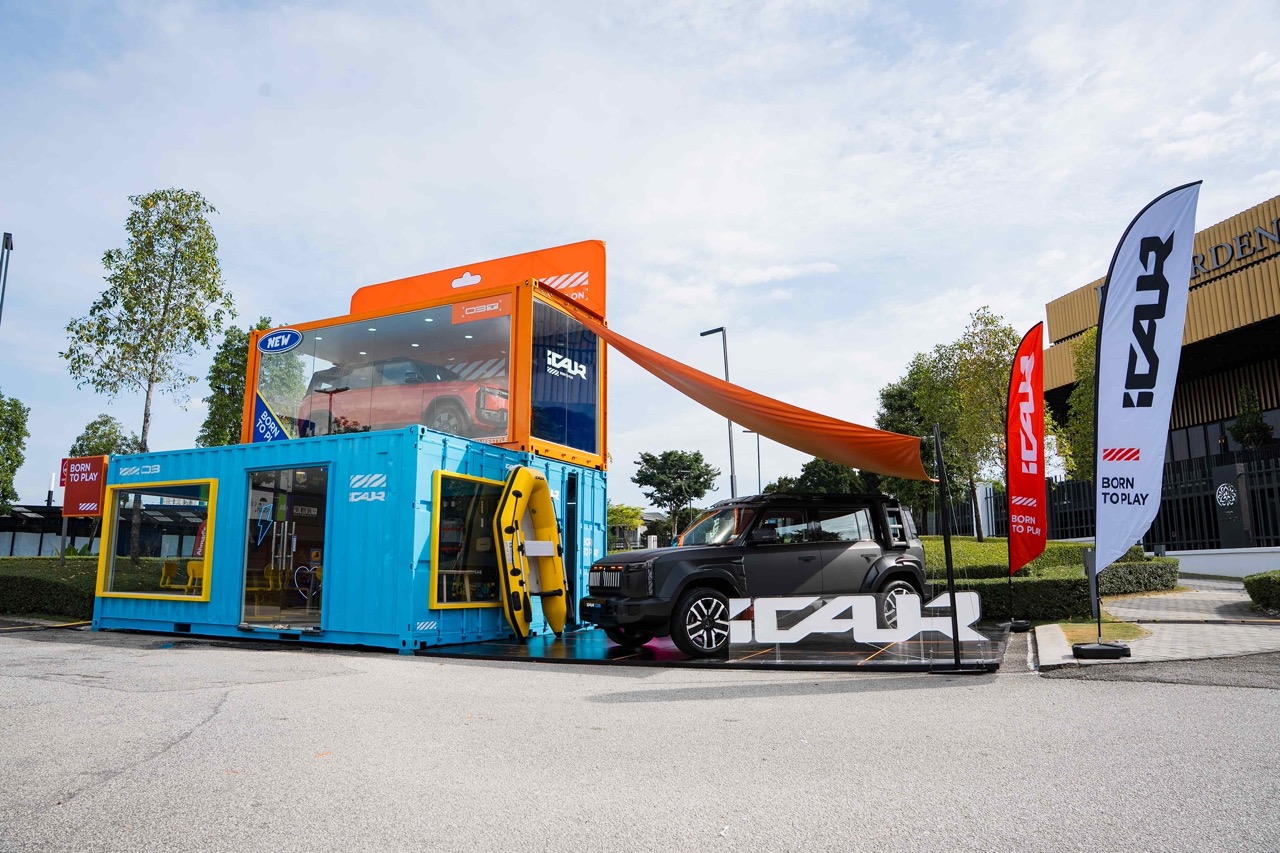The all-new, fully electric Porsche Macan is scheduled to be introduced in the first half of 2024, although it is possible that the ICE-powered version may continue to be produced for a longer period of time than previously anticipated.
According to reports, Porsche stated that, depending on sales volume over the following two years, it will evaluate its decision to discontinue the combustion-engined Macan in 2025 or 2026.
The production version of the Macan was unveiled at the 2013 Los Angeles Auto Show and 2013 Tokyo Motor Show. Early models included the Macan S and Macan Turbo. The recent model that is available in the Malaysian market is the 2022 Porsche Macan facelift. The standard Macan costs RM433,154, the Macan S starts at RM623,593, and the Macan GTS is the most expensive model, starting at RM786,232.
(more…)






